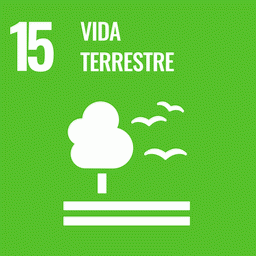The Brazilian Cerrado biome consists of a highly heterogeneous tropical savanna, and is one of the world’s biodiversity hotspots. High rates of deforestation, however, place it as the second-largest source of carbon emissions in Brazil. Due to its heterogeneity, biomass and carbon stocks in the Cerrado vegetation are highly variable, and mapping and monitoring these stocks are not a trivial effort. To address this challenge, we built an aboveground woody biomass (AGWB) model for the Cerrado biome using 30-m resolution optical satellite imagery (Landsat-5 and Landsat-8), 25-m resolution SAR imagery (ALOS and ALOS-2), and a set of plot-based and LiDAR-derived AGWB estimates (n = 1858) from a wide network of researchers in Brazil. We implemented both a Classification and Regression Tree (CART) and a Random Forest (RF) algorithm to model AGWB over the native vegetation in the year 2019 (as classified by MapBiomas) in the Cerrado.
The RF algorithms resulted in a slightly better result (R2 = 53%; rel. RMSE = 57%) than the CART model (R2 = 45%; rel. RMSE = 63%), but our map shows an underestimation of very high AGWB (negative bias over 200 t ha−1) and a slight overestimation of low AGWB (positive bias), especially in the RF model (bias of 1.19 t ha−1 against 0.86 t ha−1 for the CART model). We believe we have contributed to knowledge on the woody biomass stocks in the biome, especially in the predominant savanna woodlands, which is where the highest current rates of conversion take place in the Cerrado.
